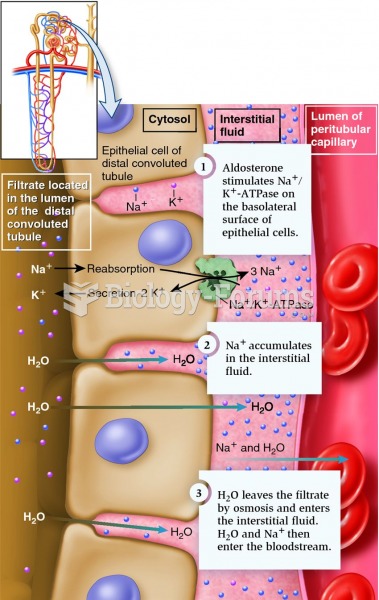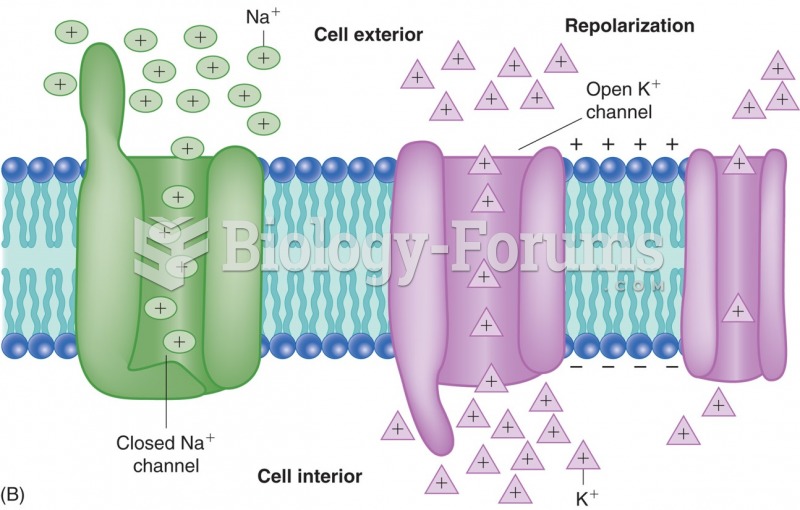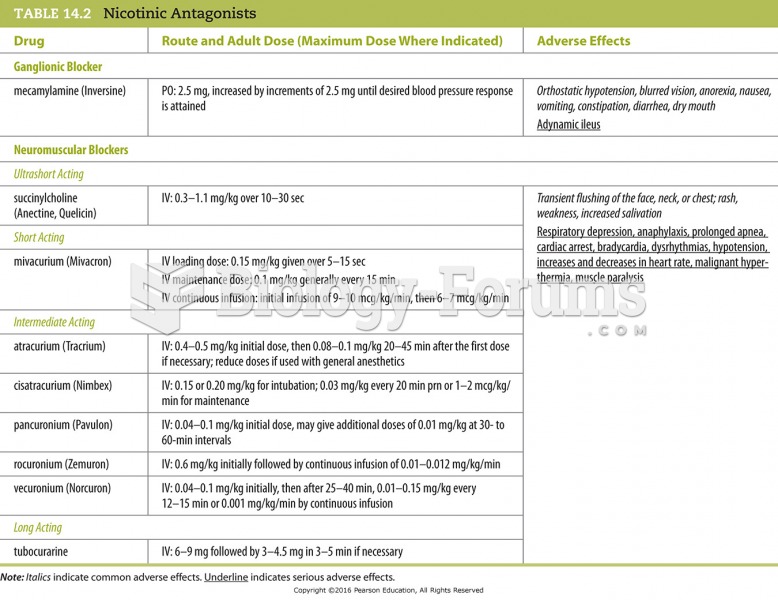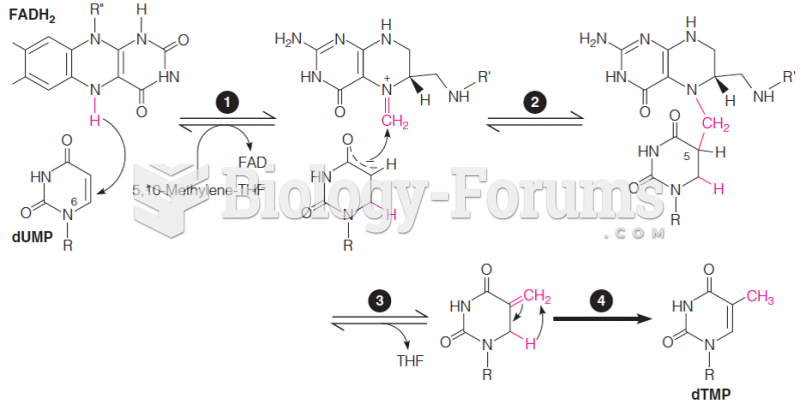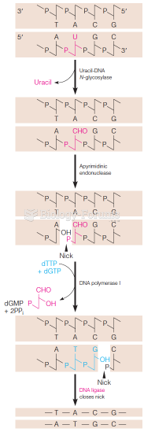Answer to Question 1
Correct Answer: 2
Rationale 1: Opioid agonists do not block receptors. Opioid agonist-antagonists do have effects on the receptors, activating one and blocking or having no effect on the other.
Rationale 2: Opioid agonists activate both mu and kappa receptors, and opioid agonist-antagonists occupy only one receptor and block the other.
Rationale 3: Opioid agonists activate two receptors, and opioid agonist-antagonists activate only one receptor.
Rationale 4: Opioid agonists do not block receptors; opioid agonist-antagonists block only one receptor or have no effect on it.
Global Rationale: Opioid agonists activate both mu and kappa receptors, and opioid agonist-antagonists occupy only one receptor and block the other. Opioid agonists do not block receptors. Opioid agonist-antagonists do have effects on the receptors, activating one and blocking or having no effect on the other. Opioid agonists activate two receptors, and opioid agonist-antagonists activate only one receptor. Opioid agonists do not block receptors; opioid agonist-antagonists block only one receptor or have no effect on it.
Answer to Question 2
Correct Answer: 2
Rationale 1: Although combination therapy can help avoid drug dependency, it does not prevent it.
Rationale 2: Combination therapy does help to relieve pain synergistically, uses a smaller dose of opioid drugs, and decreases related side effects.
Rationale 3: The client will still require regular follow-up monitoring with nonopioid drugs.
Rationale 4: Combination therapy is not standard therapy for all pain management clients.
Global Rationale: Combination therapy does help to relieve pain synergistically, uses a smaller dose of opioid drugs, and decreases related side effects. Although combination therapy can help avoid drug dependency, it does not prevent it. The client will still require regular follow-up monitoring with nonopioid drugs. Combination therapy is not standard therapy for all pain management clients.


